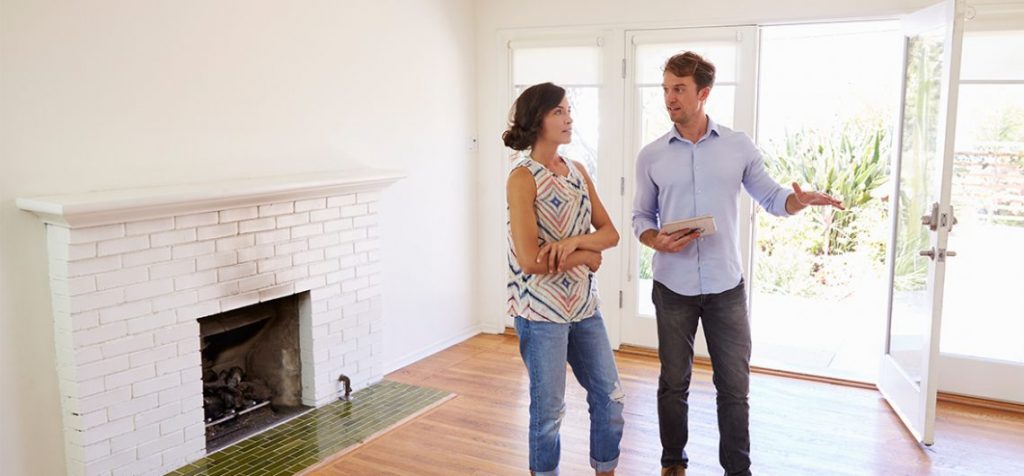The concept of IoT is no longer foreign to the most of us. While homeowners have had the liberty to experiment with house automation, latest gadgets, and voice-activated devices, renters have been more restricted when it came to their living space. But leave it to investors and developers to come up with intelligent ideas that cater to the increasingly bold housing needs of a new generation of smart renters. While some smart home technologies were in development even before Bill Gates published The Road Ahead in 1995, The Internet of Things has enabled many aspects of the smart home to become reality.
Shifting focus to automation and a new generation of renters

Hi-tech rentals from Bloomington, Indiana to New York City have now become reality due to increasing demand in home automation from a fresh demographic entering the real estate market. With 20-somethings looking for apartments for rent, the spotlight is no longer on classic amenities like indoor swimming pools and gyms. The housing industry is rapidly catching up with the new wave of smart amenities that any tech-savvy young renter finds appealing when looking for their first home.
It comes as no surprise that developers now focus on innovations designed to rethink residential amenities that match the lifestyle of potential renters in the current market.
Mobile apps at the front and center of the IoT landscape
IoT has come a long way from long tangled wires and hard code. The increasing use of mobile apps has drastically changed the entire connectivity experience in a relatively short time span. Millennial-geared apartment technology is slowly becoming the norm when incorporating smart home systems to rentals. Cities like New York, San Francisco or Portland are already offering smart alternatives to those looking for a rental in an app-controlled apartment building.
A good example is Portland’s IOTAS, which is based on an adaptive system that allows the app to better understand your habits and create patterns based on your personal preferences. Through the app, renters have the possibility of controlling lights, outlets, switches and motion sensors around the house. Other app-based technologies like Dwelo allow renters to adjust their thermostat, close or open doors, turn lights on or off and operate appliances throughout the house. It’s a matter of selecting the right mobile app that suits each renter’s daily needs.

Voice-activated devices experience surge in user popularity
Voice-activated features are becoming the standard for the rentals of tomorrow, especially in urban hubs. This trend can be attributed to the popularity of devices like Amazon’s Alexa, particularly among the younger demographic. Virtual assistant-type devices are in high demand and are already featured in recently-built luxury apartments. For example, 120 luxury units in Jackson Park come with voice automation for lights and switches, a smart thermostat that can be adjusted through voice command, and smart appliances and entertainment systems controlled through Amazon’s Echo Show. All this smart comfort comes at a price – the monthly rent for one of the 1,871 apartments that showcase such features goes up to $10,000.
At the core of all this drive for innovation lies a new type of renter for whom convenience goes hand in hand with aesthetics and efficiency. Technological developments are moving at such a rapid pace that it’s essential for the real estate industry to keep up. As they evolve, smart apartments incorporate everything new and dynamic that the housing sector has to offer, while also proving to be cost-efficient. And we are here to witness it.

